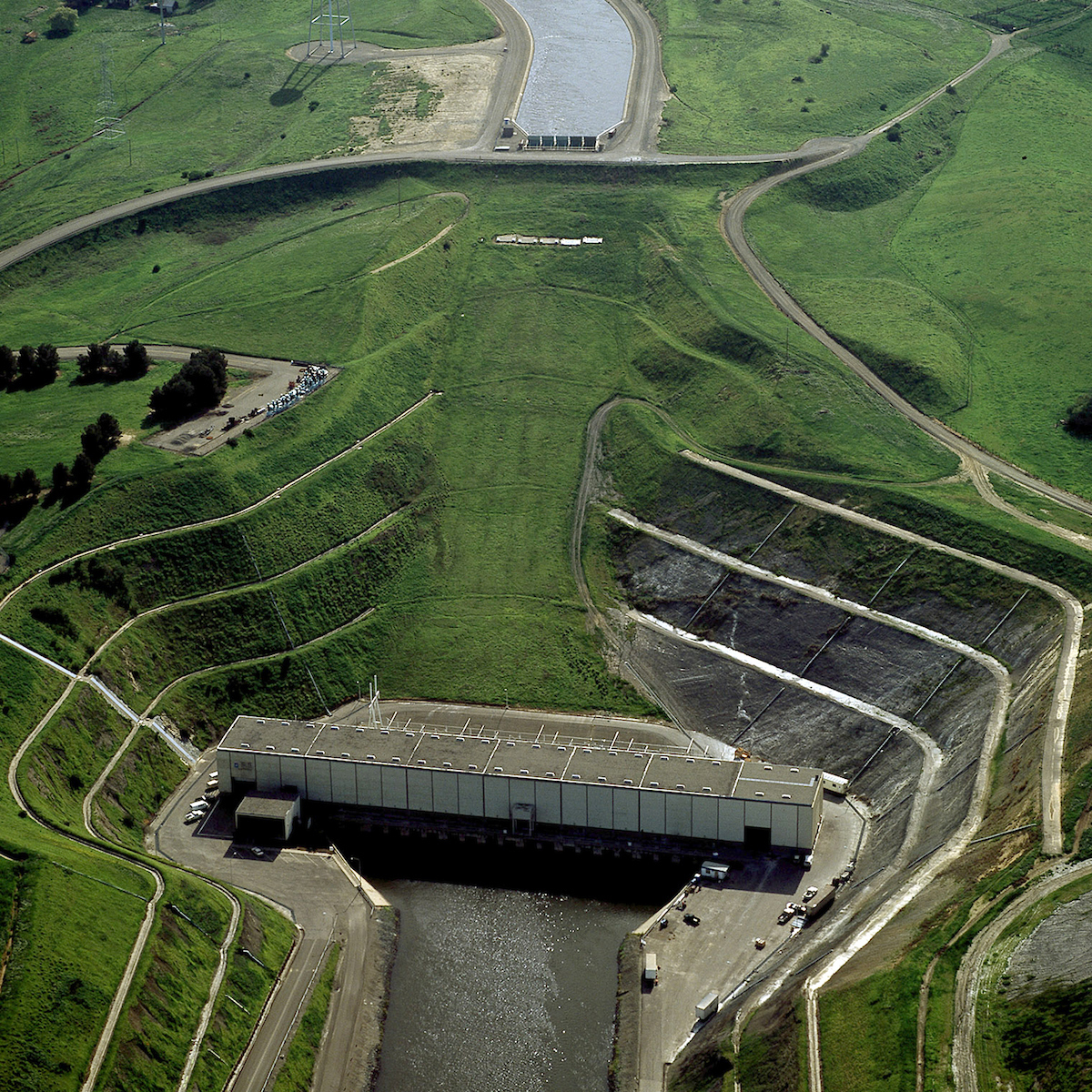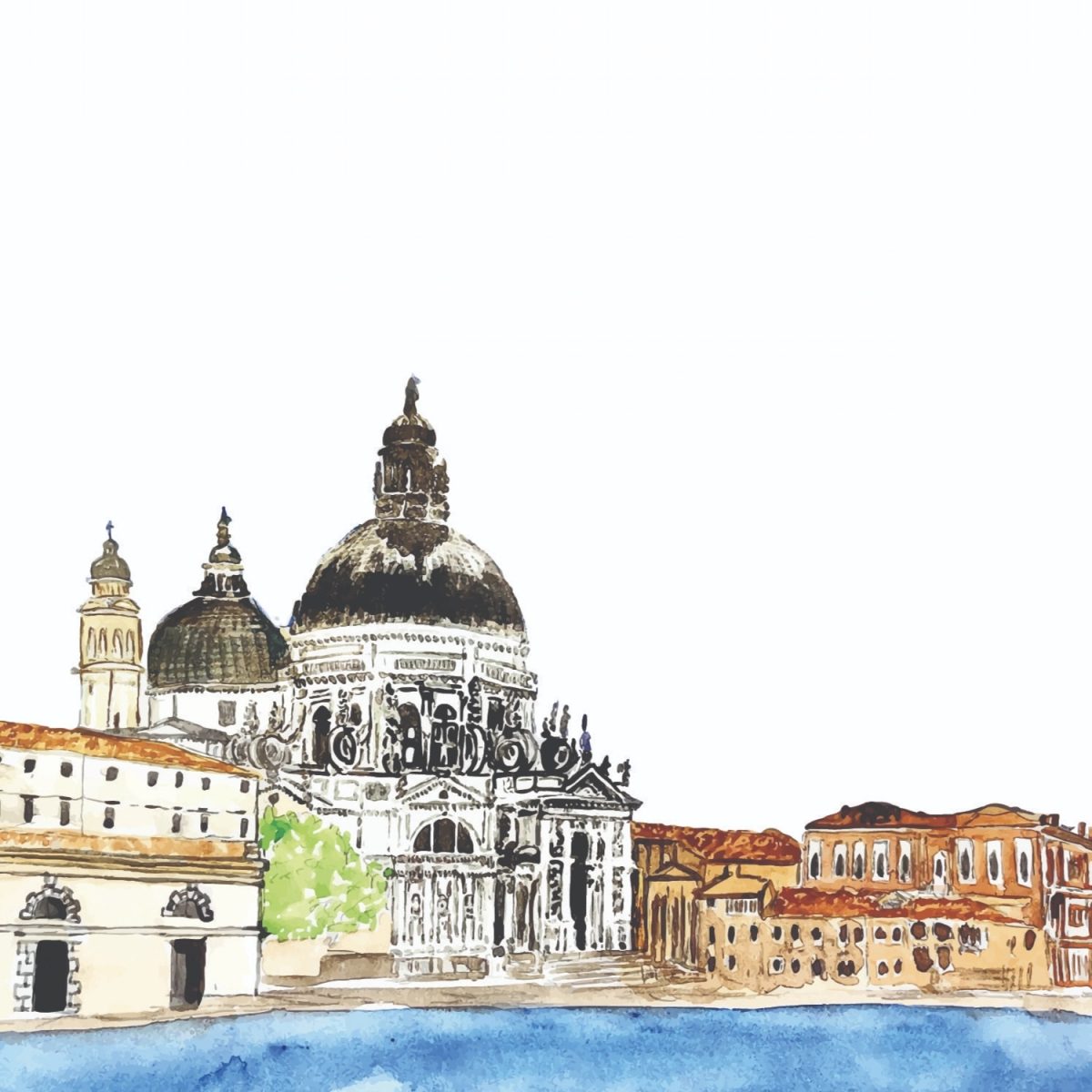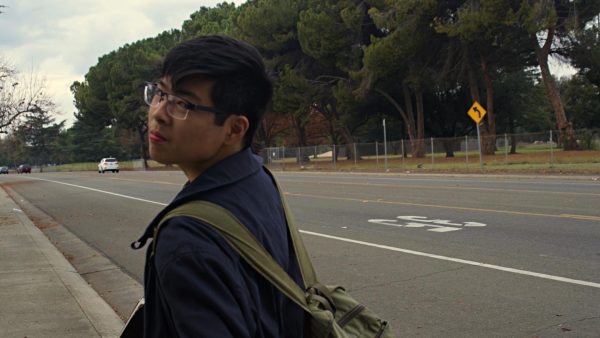STOCKTON– Earlier in December, the plan to construct a 45-mile tunnel underneath the Sacramento-San Joaquin River Delta was approved by the Department of Water Resources (DWR). The project, known as the “Delta Conveyance Project,” is part of State Water Project’s Delta conveyance, which comprises various infrastructure networks in the Sacramento-San Joaquin Delta region aimed at collecting and moving clean and affordable water to various homes, farms, and businesses across major regions of the state, including the Bay Area and Southern California. As California faces challenges of water instability across the state due to climate change, this project is welcomed by many who view this project as a necessary proponent to protect water supply, including notable figures like Governor Gavin Newsom.

California Department of Water Resources (California Department of Water Resources)
However, amid network modernization and attempts to increase water affordability, many environmentalists express concerns on how the project could have severe environmental impacts on the Delta and surrounding areas.
For one, according to the Water Education Foundation, the Delta is home to over 750 animal and plant species, with around 250 of them designated “special status” and subject to various protections. If the Delta tunnel moves the water to other locations, it also ends up removing habitat for these species. A species of particular concern is the Delta smelt, a small fish that has almost been wiped to extinction due to human activity in the region. Other impacted species, as explained by Lincoln High School’s environmental science teacher Ms. Weiser, could include Sandhill cranes and species which migrate around the Staten Island area.
Additionally, agricultural activity could face challenges due to increased saltwater intrusion and salinization caused by the pumping of freshwater from the delta, as the tunnel could take upwards of ⅔ of all freshwater flow of the Sacramento River. Kendra Altow, the LangeTwins Family Winery and Vineyards sustainability manager and Lodi resident, expresses concern with how rising salinity levels could contaminate groundwater sources that many farmers rely on. “Because brackish water would mean that farmers would have to well deeper, and welling is expensive, it would have both an economic and environmental impact.”
Being a California project, the tunnel and all related water systems are designed with seismic risks in mind. However, that doesn’t necessarily mean that seismic disasters can’t happen. If such an event were to happen, it could damage local infrastructure and habitats, as well as introduce pollutants and contaminants into the water.
Contamination isn’t just a risk in the Delta, either. Increasing salinization has been a problem in Southern California for quite some time now, and relocating water towards the region will only continue to fuel the cycle.
The Delta Conveyance Project looks to be a solution in combating climate change, and a way to increase water affordability in California. But with so many cons surrounding the tunnel’s implementation, are the pros enough to justify the project?







